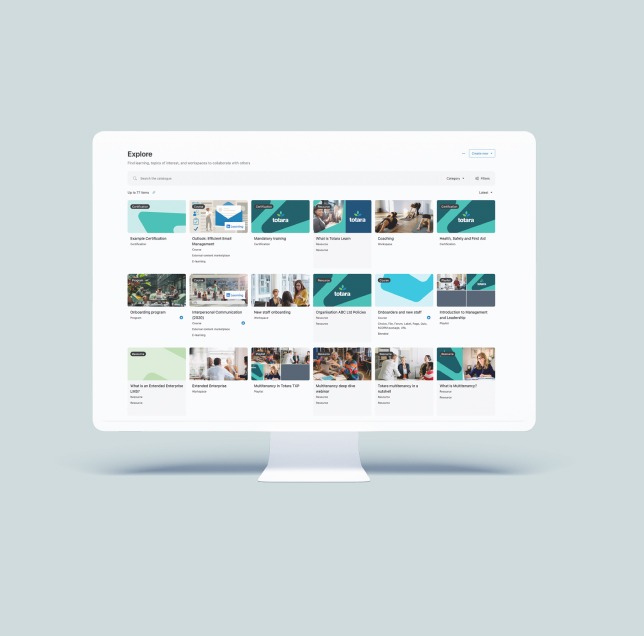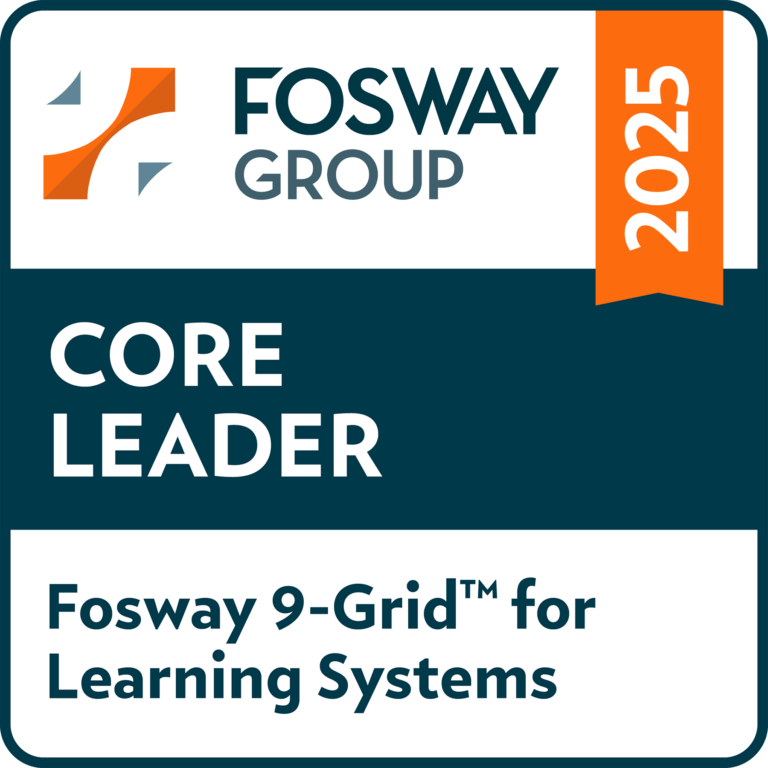Nothing in business has been as constant as change. But 2020 drastically altered how many organizations define “change.”
Companies may have thought their learning strategies and systems were agile, only to find they were woefully unprepared for the immediate transformation required by the pandemic.
Now that we have a better idea of what volatility and uncertainty are, companies must seek technologies that treat change like business as usual, rather than a series of crises that require total transformations every time they arise.
What does an adaptable and flexible LMS look like?
1. The LMS should fit seamlessly
The biggest sign that you may be in trouble is if you have to alter workflows or processes to fit your LMS, rather than the other way around. The LMS should fit seamlessly into your organization’s environment and not force workarounds or patchwork integrations. For instance, your LMS should support your newly remote workforce rather than restricting you to on-site access and processes.
An LMS with open, simple integrations means the system can adapt to changes in the business. If the company changes systems or processes to other parts of the business, learning’s ability to change with it should not be hampered by a series of broken integrations. Look for flexible plugins, APIs and extensions to personalize every aspect of the learning experience.
2. Make it yours
That customization should also include the look and feel of the LMS itself. A flexible LMS allows you to make it “yours,” with customized colors, branding, imagery, navigation, terminology and more. And if those needs change, it should be easy to make alterations. Nothing is worse for learner engagement than being stuck with an outmoded interface with obsolete branding.
3. Open to experiment and innovate
An adaptable LMS allows the learning function to experiment and innovate, rather than restrict learning programs to a concrete set of rules.
4. Scale and grow with you
A flexible LMS helps your organization grow rather than acting as a hurdle or bottleneck. The solution should be able to scale with the organization’s employee development plans and needs, whether it is the scope of knowledge, number of learners, geographic footprint or all combined.
If your learning technology has left you stuck or stranded over the past 12 months, what will happen when the next big change comes along? If your technology cannot grow and adapt with your business, it is probably past time to seek more open, flexible and adaptable alternatives.
Guest post by David Wentworth, Principal Analyst, Brandon Hall Group







